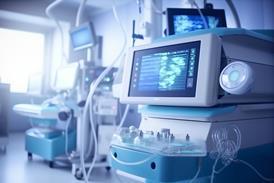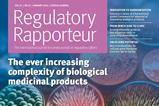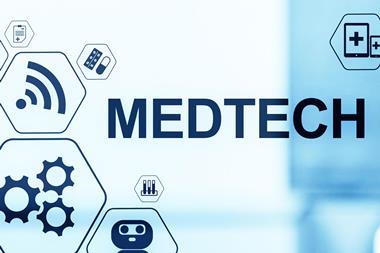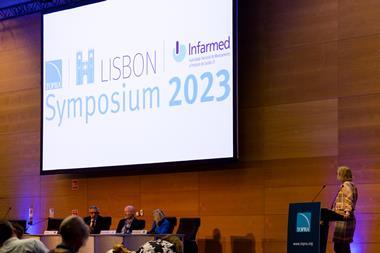In the area of regulatory affairs and pharmacovigilance (PV), we are constantly confronted with new laws, guidelines and other regulations
In the area of regulatory affairs and pharmacovigilance (PV), we are constantly confronted with new laws, guidelines and other regulations that affect and change our daily work. Some regulations are simply adopted, whereas some seem as though they were only introduced yesterday, even after years of use. When do we take the time to look back and ask whether the regulations that were introduced ten years ago have withstood expectations? Ten years ago, the so-called PV legislation for human medicines came into force and established the legal framework that had been missing until then. We take this anniversary as an opportunity to review whether it has achieved its aims, and this issue benefits from the views of both regulatory agency and industry experts.
For newcomers to the field of regulatory affairs and pharmacovigilance, a major revision of the legislation regulating human medicines in the European Union (EU) was undertaken in 2010 with the introduction of Directive 2010/84/EU and Regulation (EU) No 1235/2010 and Implementing Regulation No 520/2012, which amended the existing laws (Directive 2001/83/EC and Regulation (EC) No 726/2004). These changes came into force in mid-2012 and saw the introduction of Good Pharmacovigilance Practice modules, the scientific committee at the level of the European Medicines Agency (EMA) responsible for safety (the Pharmacovigilance Risk Assessment Committee [PRAC]) and more. Despite these changes, existing practices were also supplemented (eg, risk management plans, signal management and harmonisation of periodic safety update reports).
To provide a regulator’s perspective, Dr. Martin Huber and Professor Dr Karl Broich present a report on BfArM’s experience over the past ten years with the PV legislation and importantly, make suggestions for updates to the legal framework to accommodate future challenges.
From the point of view of the industry, we have two interviews in this issue that could not be more different. Firstly, Dr. Alison Cave presents how the UK MHRA intends to position itself in the future regarding safety surveillance of medicines and medical devices. In the future, both patients and healthcare practitioners will have more insight into the work of the assessors and vigilance will also be improved and adapted to the requirements of new drugs and approval channels.
In the second interview, Brian Dooley gives an insight into the daily work of an assessor at the EMA and provides an outlook on planned and upcoming changes in the chemistry, manufacturing and controls area.
The past can shape the future so, in parallel with looking back, we should also plan ahead. There has been increased activity in the field of medical devices recently due to the new regulations. Therefore, the medical device standards update column in this issue is perfectly timed to give an overview of the recently changed and harmonised standards.
And last, but not least, knowing the regulations is one thing; interpreting and applying them effectively in order to reach the desired goal is another. With this in mind, the final article in this issue presents a report on Amgen’s experience with Project Orbis in the context of a global expedited regulatory pathway and rounds off this issue.
Happy reading.





































